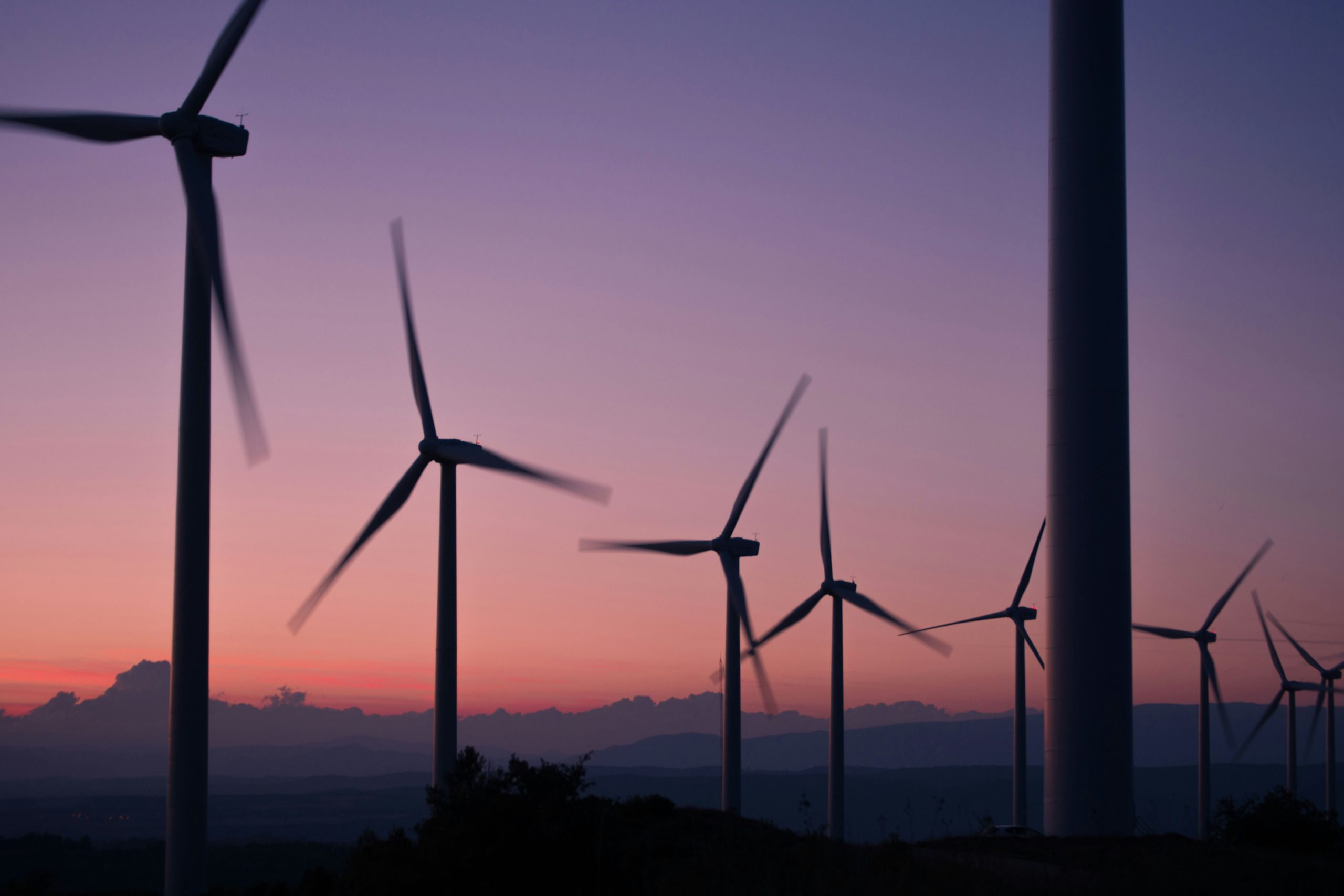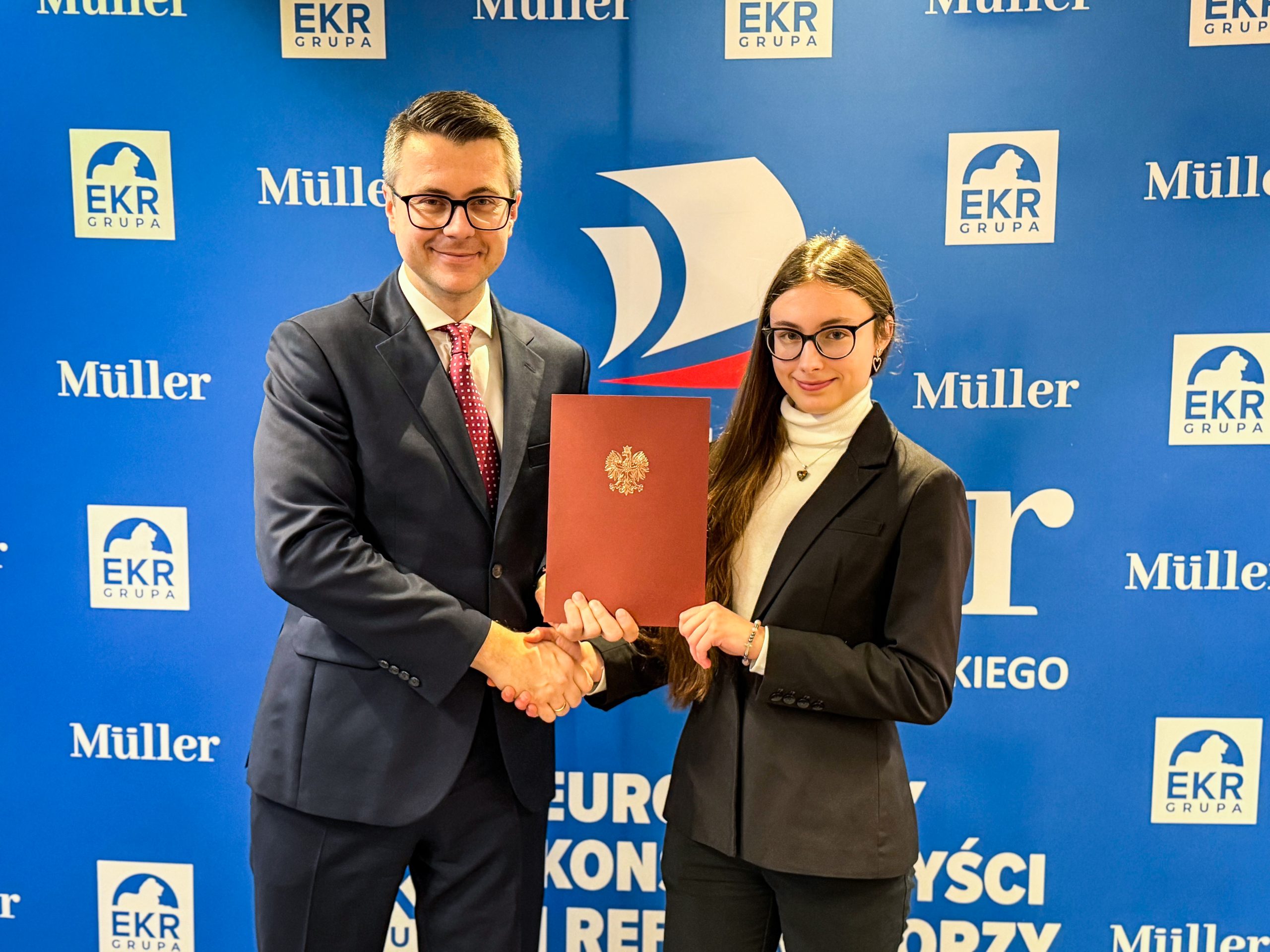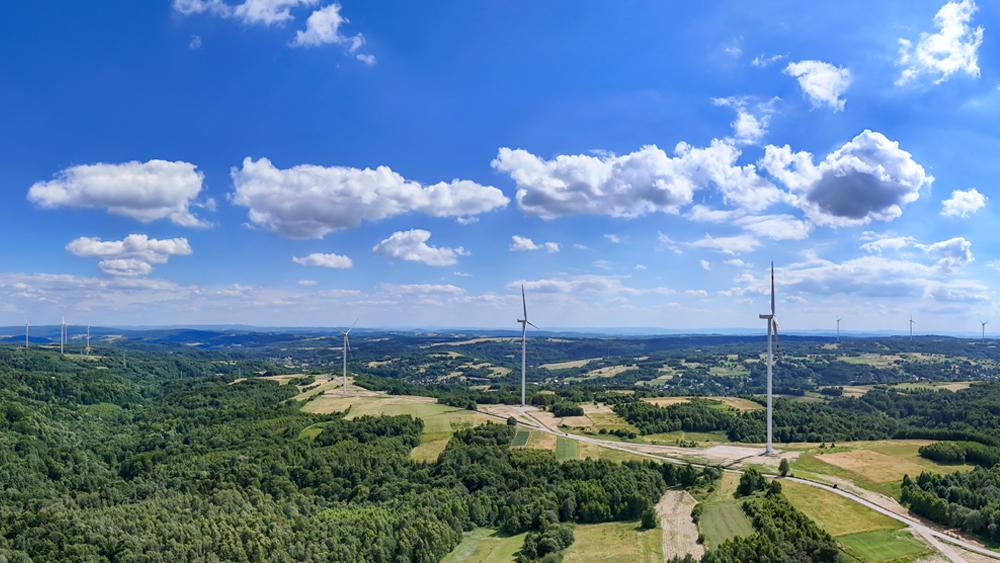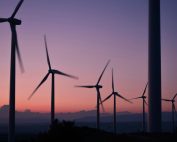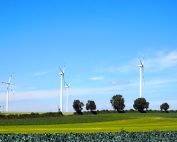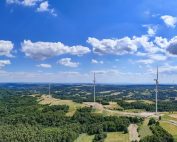The development of offshore renewable energy in Europe yields ambiguous results, the European Court of Auditors warns in a report published today. EU action and money have contributed to the development of ‘blue energy’ in pursuit of the bloc’s climate and energy objectives. But the EU may fall short of its ambitions, the auditors say, while much more needs to be done to make offshore renewable energy socio-economically and environmentally sustainable.
Blue energy is intended to contribute significantly to the EU’s green objectives. In 2020, the European Commission adopted its strategy to support the sustainable development of offshore renewable energy (ORE) and harness its full potential. Since 2007, the EU budget has provided €2.3 billion for ORE technologies. In addition, €14.4 billion in loans and investments in equity have been provided by the European Investment Bank.
The surge in ORE brings its own ‘green dilemma’: ORE is key for the EU’s green transition, but its development may damage the marine environment. While the EU strategy tries to reconcile ORE with biodiversity, the European Commission has not estimated its potential environmental effects, including species displacement and changes in population structure, food availability or migratory patterns, to name but a few. Overall, the auditors fear that the expansion of ORE in Europe could be detrimental to the marine environment, both below and above sea level.
“The Russian invasion of Ukraine has highlighted the importance of the EU’s energy independence and our seas may be part of the solution,” said Nikolaos Milionis, the ECA member who led the audit. “But the EU’s blue revolution should not be pursued at all costs: offshore renewables must not lead to any significant social or environmental damage.”
Offshore renewables only rarely co-exist with other areas of activity. In particular, conflicts with fisheries remain largely unresolved, and opposition to ORE often re-emerges as individual projects are assessed. Similarly, EU countries sharing the same waters rarely plan common projects. This results in missed opportunities to use scarce sea space more efficiently. Moreover, the socio-economic implications of offshore renewables development have not been studied in sufficient depth.
The auditors also note that risks to the supply of critical raw materials may slow down the rollout of offshore renewable energy in Europe. Currently, such materials are supplied almost entirely by China, which also plays a crucial role in manufacturing permanent magnets for wind turbine generators. The EU’s dependence may create bottlenecks, and the auditors raise concerns about the security of supply amid current geopolitical tensions. Lengthy national permitting procedures represent another barrier. For instance, France has one of the longest lead-times for approving offshore wind installations, which can extend to 11 years.
Nevertheless, the EU set targets at an ambitious level of 61 GW of installed capacity by 2030 and 340 GW by 2050, compared with only 16 GW currently. A rapid and large-scale rollout of ORE installations in EU countries will therefore be needed, requiring considerable sea space and some €800 billion, mostly from private investment. These targets may be difficult to achieve, the auditors say.
Background information
Offshore renewable energy can be generated by wind (bottom-fixed and floating), ocean (tidal and wave) and floating solar technologies. Currently, almost all offshore renewable energy in the EU is generated by wind technology. Germany has the largest offshore capacity of all EU countries (8.1 GW at the end of 2022, mostly in the North Sea), followed by the Netherlands (3.2 GW), Denmark and Belgium (both at around 2.3 GW).
Special report 22/2023: “Offshore renewable energy in the EU – ambitious plans for growth but sustainability remains a challenge” is available on the ECA website.



